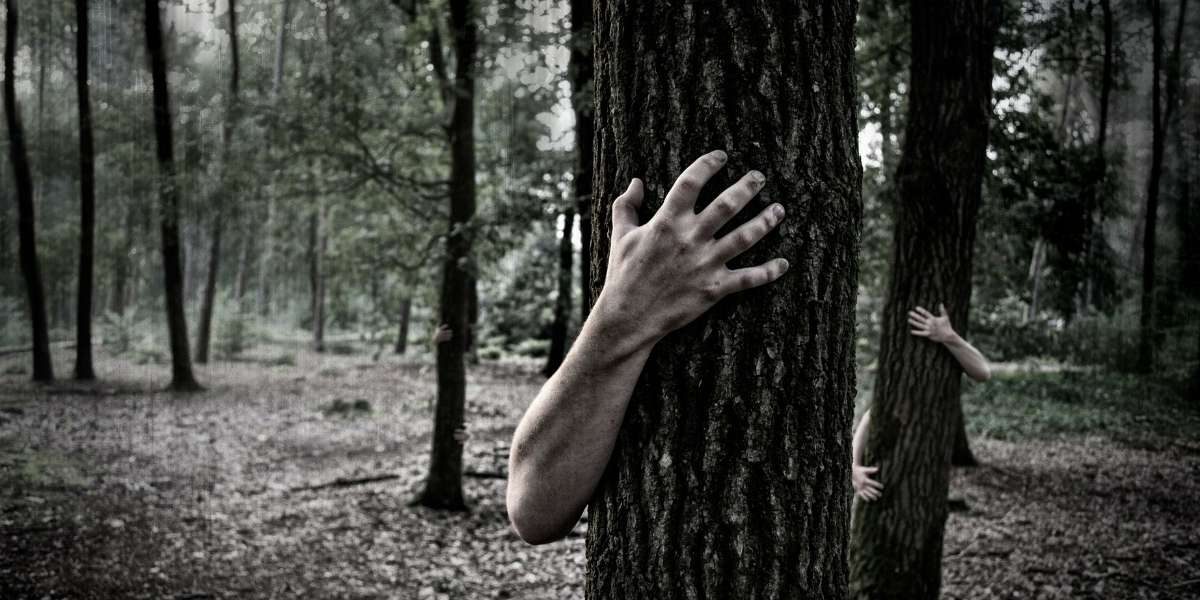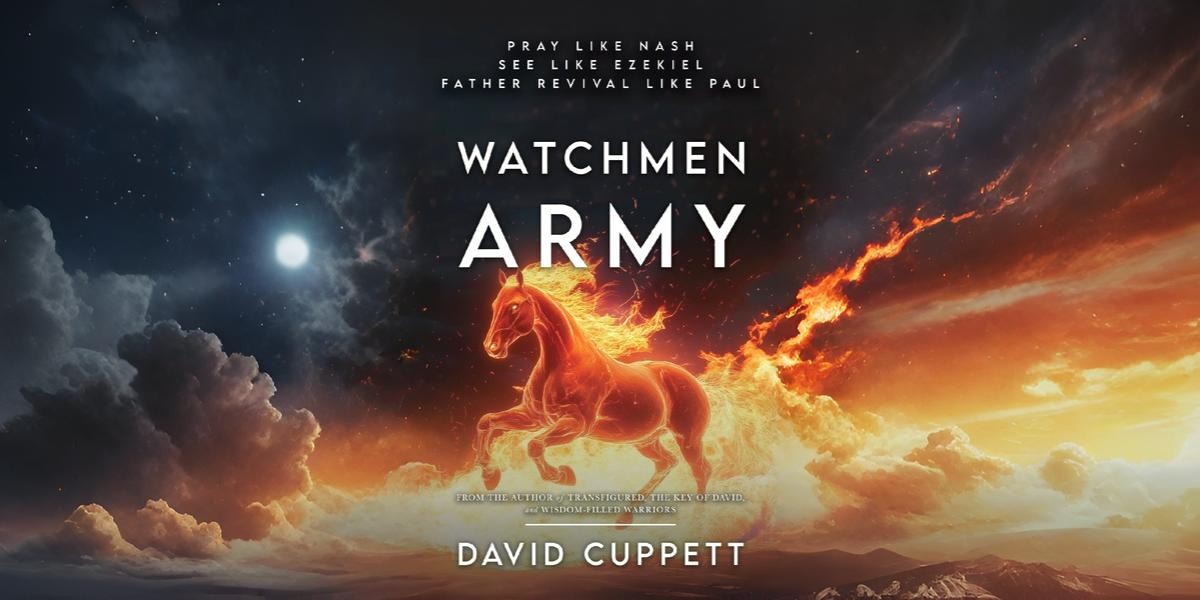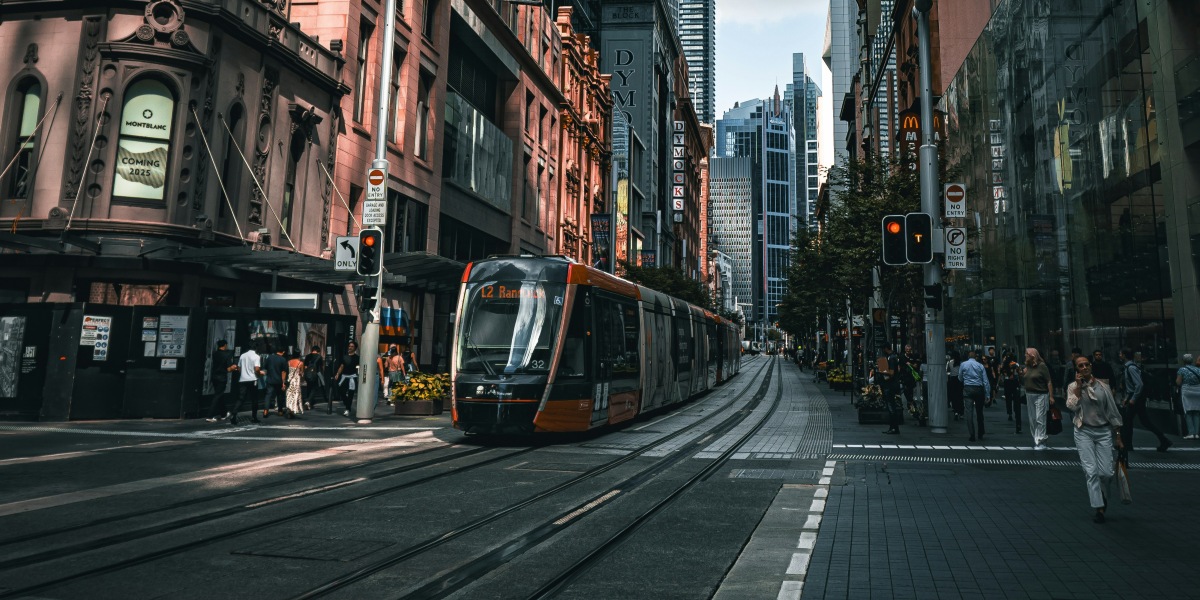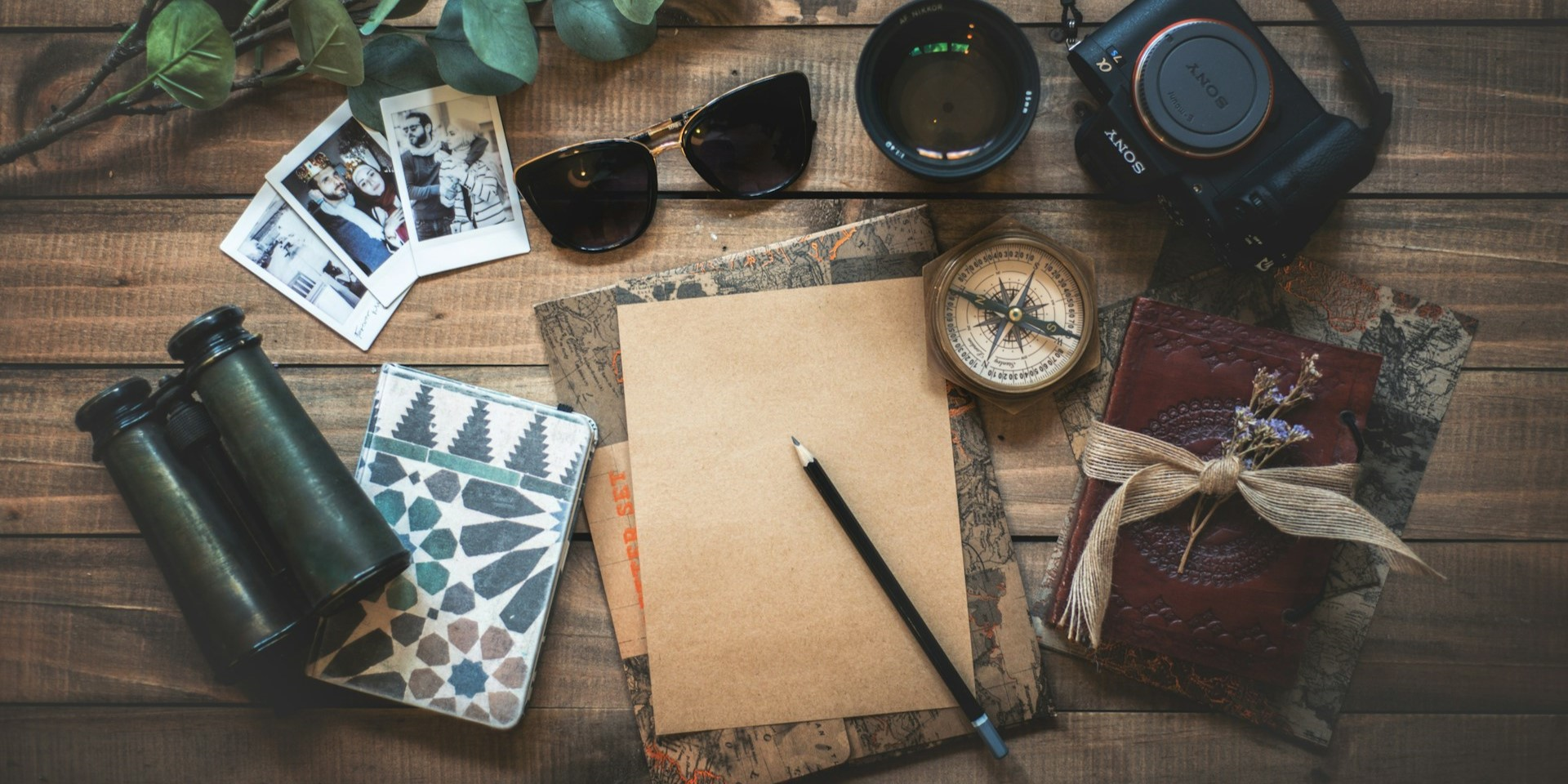The Architecture of Fear: Mastering Musical Scoring and Sound Design in Horror & Thrillers
In the realm of film, horror and thriller genres stand apart for their ability to manipulate emotions, particularly fear, using visual storytelling. However, it’s not just the images that send chills down our spines. The real magic often lies in the intricate musical scoring and sound design that work behind the scenes. These elements play a pivotal role in crafting the emotional landscapes of tension, unease, and dread. The marriage of sound and film can elevate an otherwise simple scene into an unforgettable moment of terror. In this article, we will explore the unique techniques and artistry involved in mastering musical scoring and sound design, and how they contribute to creating the spine-chilling atmosphere in horror and thriller films.
Read Also: Exploring the Importance of Set Design in Movies and Television
How Does Musical Scoring Elevate the Horror and Thriller Experience?
Musical scoring is often the unseen architect of emotion in film, especially in horror and thrillers. A well-crafted score doesn’t merely accompany a scene; it drives the emotional response from the audience, adding depth to the visuals. Think of the eerie strings in Psycho or the unsettling piano notes in The Shining. The subtlety of these scores works in tandem with the on-screen action, using dissonance, tempo, and key changes to build a sense of impending doom.
The focus on dissonance is a crucial tool in horror scoring. By using unsettling chords or jarring transitions, composers tap into our primal fear of the unknown. This tension often mirrors the uncertain situations characters face, keeping the audience on edge. Additionally, slow-building crescendos heighten the anticipation of a terrifying moment, manipulating the audience’s emotional rhythm. These moments may seem subtle, but their effect is profound, creating a soundscape that immerses the viewer in a constant state of tension.
Musical scoring in horror doesn’t just tell the audience when to be afraid; it sets the psychological tone of the film. By weaving thematic elements into the music—such as a repeating motif or a distinctive musical cue associated with a particular character or threat—the score becomes a vital tool in storytelling. The Jaws theme is a perfect example of how a few simple notes can create a lasting sense of terror, where the mere hint of the theme heightens the dread long before a shark ever appears on screen.
What Role Does Sound Design Play in Crafting Atmosphere?
While musical scoring manipulates emotion through rhythm and melody, sound design focuses on the environmental elements that enhance the visual experience. In horror and thrillers, sound design is often the unsung hero that intensifies the feeling of dread. Every creak of a floorboard, whisper of wind, or distant howl of a dog contributes to the tension building within a scene. These sounds create a sense of realism and, more importantly, add layers to the emotional landscape that visuals alone cannot convey.
Layering sounds is a core technique in creating atmosphere. Designers mix various sound elements—such as footsteps, breathing, or environmental sounds like rain or wind—into the scene to evoke unease. Even the silence between sounds plays a critical role. The careful absence of noise in moments of tension forces the audience to focus on what could be lurking, amplifying the fear. A door creaking open without any accompanying music can be far more effective than a loud, sudden musical cue.
In films like A Quiet Place, sound design becomes the primary driver of suspense, where every whisper and creak becomes a potential trigger for horror. The sound of breathing or the shifting of objects becomes hyper-realistic, leading to a heightened sense of vulnerability. Here, the absence of sound is just as important as its presence, creating a chilling silence that amplifies the threat.
What Techniques and Tools Are Used in Horror & Thriller Soundscapes?
Creating an effective soundscape in horror requires a mastery of both traditional and modern tools. In the early days of film, sound designers relied on analog equipment, such as record players and hand-made sound effects like rubber sheets and metal wires to simulate the unsettling sounds we now associate with terror. These early efforts were often labor-intensive but immensely creative, allowing for a deeper, more visceral connection to the film’s atmosphere.
Today, digital technology has revolutionized sound design, with tools like Pro Tools and Ableton Live allowing designers to manipulate and layer sounds in ways that were once unimaginable. Digital sound libraries offer a vast range of pre-recorded effects, while synthesizers and electronic instruments can create an entirely synthetic, otherworldly sound. The use of sub-bass frequencies, for example, is one modern technique employed in thriller films to add a sense of ominous weight to a scene, especially when the sound is felt more than heard.
Field recording has become a vital tool for capturing realistic sounds that add authenticity to the film. From the sound of distant thunder to the subtle rustle of leaves, these real-world noises can make a scene feel more immersive and alive. Designers also use foley art to add tactile sounds that connect the audience with the on-screen action, such as the sound of footsteps or the clink of chains.
How Do Sound and Music Evolve Throughout Horror and Thriller Films?
In many horror and thriller films, the use of sound evolves in tandem with the narrative arc. Early in the film, the music and sound design might be subtle and ambient, creating an unsettling atmosphere without giving too much away. However, as the plot progresses and the stakes grow higher, the sound design and score become more prominent, reflecting the intensifying conflict. The shift from quiet to loud soundscapes is not only a tool for raising tension but also a reflection of the chaos building within the story.
A prime example of this progression can be seen in Hereditary, where the score evolves from minimalistic and haunting to jarring and chaotic as the film’s disturbing secrets are revealed. The subtle use of sound in early scenes gradually gives way to a dense, unsettling cacophony as the viewer becomes more entangled in the horror. This evolution mirrors the escalation of dread within the narrative, with the soundscape acting as a reflection of the emotional journey the audience is experiencing.
Music and sound often work to foreshadow key moments, using repeated motifs or subtle cues that signal what is to come. In The Witch, for instance, the creeping use of low-frequency drones adds an ever-present sense of unease, preparing the audience for the horrific events that are about to unfold. By the time the final scenes arrive, the music and sound have fully manifested the fear that was slowly built throughout the film.
Read Also: Tickling the Ivories Your Way: A Beginner’s Guide to Writing Original Piano Music
What Does the Future Hold for Sound Design in Horror?
As technology continues to evolve, so too does the potential for sound design to push the boundaries of horror and thriller filmmaking. New advancements in spatial audio and immersive sound systems promise to create more immersive, terrifying experiences for audiences. These technologies allow sound to move around the viewer, creating a 360-degree soundscape that can heighten the sense of danger and isolation, pulling the audience deeper into the film’s world.
The rise of AI-driven sound design and procedural audio is poised to revolutionize how horror films are scored. By using algorithms to generate unique, dynamic soundscapes in real time, filmmakers can create more personalized and unpredictable experiences. These developments may not only change how we experience horror films but also influence the kinds of stories told and the emotional responses they provoke.
The future of sound in horror and thrillers will likely see further innovations that deepen the relationship between sound and fear, enhancing the ability of filmmakers to craft increasingly immersive and terrifying experiences for audiences.








